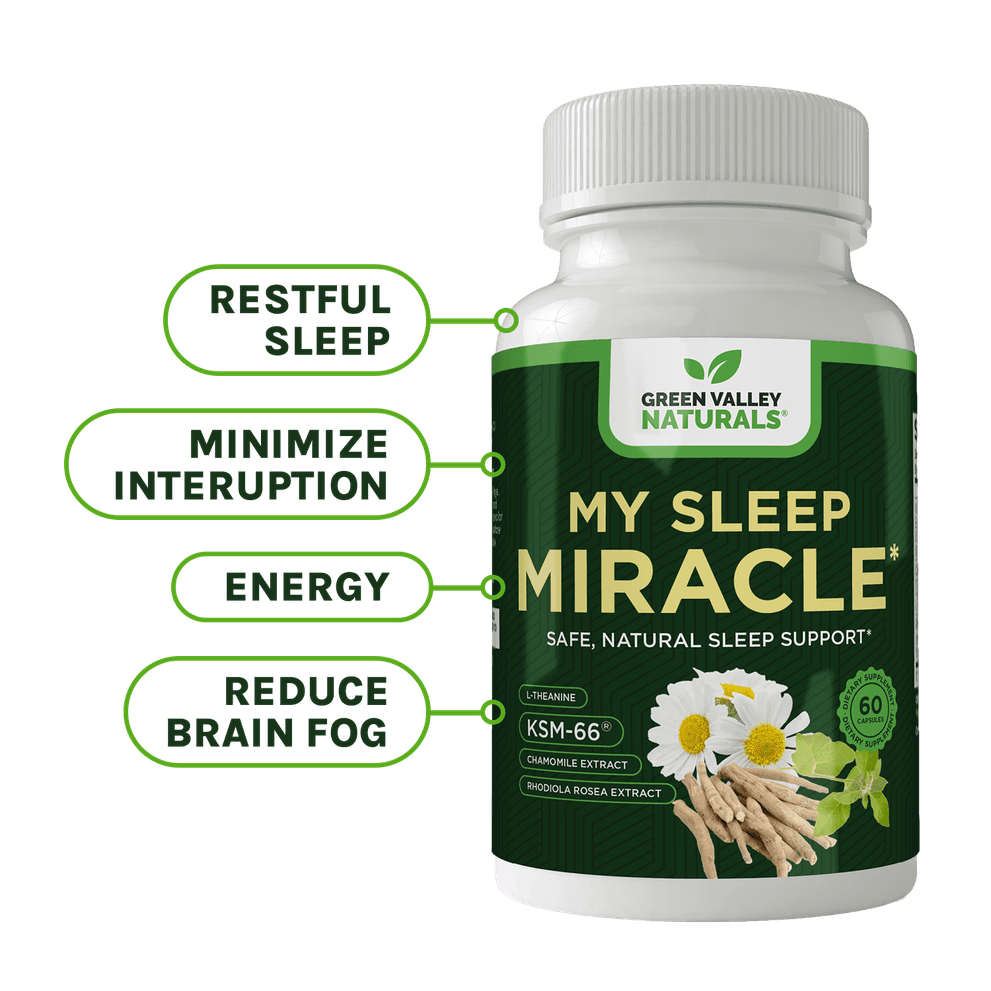
Organ Defense
In the body, the highest concentrations of ergothioneine are found in red blood cells, the liver, kidneys, bone marrow, eyes and (in men, of course) semen. All of these areas of the body are known to be subjected to significant amounts of oxidative stress – exposed to the caustic molecules called free radicals that can oxidize cell membranes and distort genetic material in ways that can speed up aging and cause diseases. Plus, researchers have demonstrated that ergothioneine is concentrated in mitochondria, the tiny structures in all cells that provide them with energy. Mitochondrial energy production throws off a stream of potentially damaging free radicals, much the same way a power plant spews waste out of a smokestack. Ergothioneine can help the mitochondria avoid being destroyed by these self-generated waste products. Researchers at Johns Hopkins have shown, as a matter of fact, that ergothioneine is concentrated in the mitochondria and plays a key part in protecting the mitrochondrial DNA (each of these small structures has its own genetic material) from suffering oxidative damage.2 In their lab tests, the Hopkins scientists made further findings that show how important ergothioneine is for cell health:- In parts of the eye, they found that the amount of ergothioneine is even higher than glutathione – a crucial antioxidant in the body that is believed to be central to cells’ antioxidant defenses. In some areas, there was 14 times more ergothioneine than glutathione.
- When oxidative stress occurs in a cell, glutathione is quickly used up in defending the cell. But ergothioneine’s unique molecular structure allows it to regenerate itself and keep fending off free radicals.
- When you eat a food containing ergothioneine, your body uses the molecule and works hard to hold on to it. Within a month of consuming it, half of the original ergothioneine will still be in your cells.

